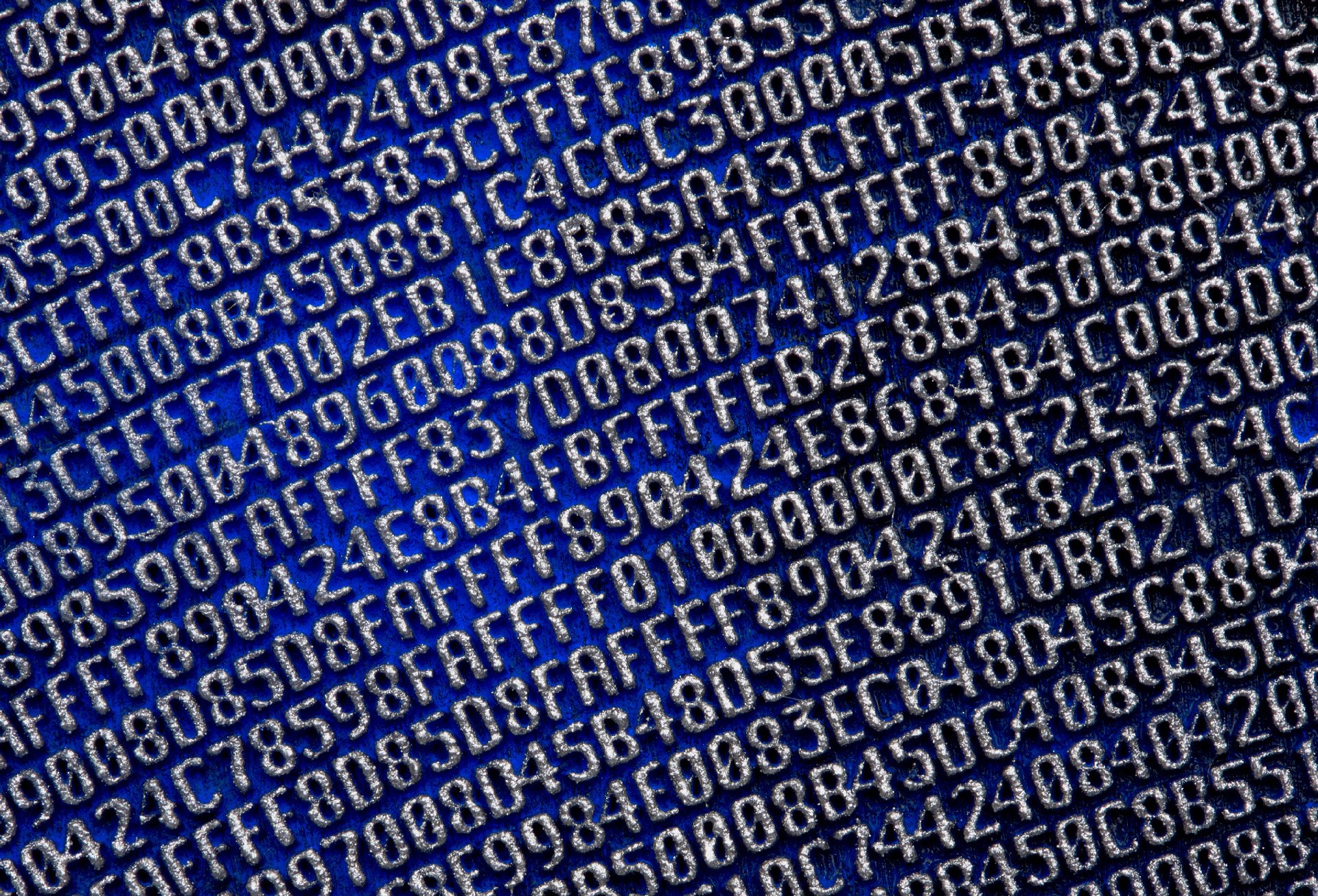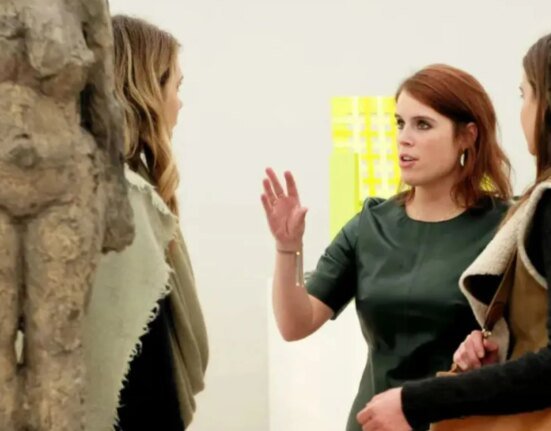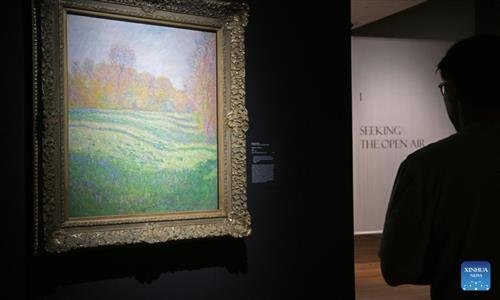The artist Robert Alice first became aware of Tad Smith almost a decade ago when he was on Sotheby’s graduate training programme, and Smith was the auction house’s chief executive.
Alice later left Sotheby’s to become a full-time artist, while Smith departed in 2019 when the auction house was bought by Patrick Drahi. But by chance, they met again in July 2024. “I was at the Bitcoin Conference in Nashville watching [President Donald] Trump speak, which was surreal enough, then looked over and Tad was there,” Alice says. “So, I looked him up and I was like, wow, this is interesting.”
When Alice left Sotheby’s to pursue a full time artistic practice, the Venn diagram of people that understood blockchain and also understood art was very small, he says. “You still have this quite bifurcated community,” Alice says. “So, seeing Tad at that conference was a big signal…I think Tad is a great signal to the traditional art community, which he obviously led and was part of, that there’s something interesting here.”
Before the Beeple phenomenon of March 2021, Alice became the first artist to sell an NFT through a major auction house in October 2020, when he sold Block 21 (42.36433° N, –71.26189° E) from his 2019 Portraits of a Mind series at Christie’s for $131,250, ten times the $12,000 to $18,000 estimate. Now, another blockchain-based work from the same series, Block 1 (24.9472° N, 118.5979° E), will be offered at Sotheby’s in New York next week, during The Now and Contemporary Evening sale on 18 November, with an estimate of $600,000 to $800,000.
Like all the paintings from the Portraits of a Mind series, Block 1, made between 2019 and 2022, is a hybrid work, a physical painting connected to an NFT. The circular gold leaf and acrylic on canvas is covered in hand-painted code, referencing the genesis block of blockchain. It is described by Sotheby’s as “the most important available work from Portraits of a Mind”, an ongoing project started in 2018 which represents an entire transcription of the original codebase behind Bitcoin—each of the 40 paintings and corresponding NFTs in the series holds 322,048 digits of original code developed in 2009 by Satoshi Nakamoto, the person or persons who developed Bitcoin. The process of then distributing these works to collectors will, Alice says, “decentralise the artwork”.
BLOCK 10 (52.5243° N, -0.4362° E) from the Portraits of a Mind series was bought by the Centre Pompidou in Paris last year, while another, Block 37, was recently bought by Smith.
On a zoom call with The Art Newspaper in early November, Smith clarifies that he is not the consignor of Block 1 to Sotheby’s (the vendor bought the work direct from Alice, according to the catalogue), nor is he the guarantor. “In some indirect way, I would like to see it [Block 1] do well, but not for financial reasons,” he says. “I’d like to see it do well because it will promote Robert’s genius, it will promote Bitcoin, it will promote Sotheby’s. It’s great for Sotheby’s and will galvanise the younger generation, millennials and Gen Z’s to get excited about more traditional avenues for buying art.”

Block 1 contains 322,048 digits of original code developed in 2009 by Satoshi Nakamoto
Courtesy of the artist
During his tenure as chief executive at Sotheby’s from 2015 until 2019, Smith strove to digitalise the auction house and one of the acquisitions made during his time was that of the AI startup Thread Genius, which uses image recognition technology and machine learning to show users more of the art they might like, in 2018. So, Smith’s interest in digital art and assets is hardly surprising. Alongside acting as chairman of the supervisory board of The Fine Art Group, Smith is currently a partner in a growth equity find called 50T Holdings which invests solely in digital assets.
“I like the art, and that’s a really important point,” Smith says of his interest in the field. Taste transitions are typically generational, he says, and each new development in the field of art will inevitably horrify traditionalists. So, the division around digital art and NFTs is not new. “This is a normal transition,” Smith says. “When you look at the baby boomers, and to some extent, Gen X, their art isn’t going to appeal to the younger millennials and Gen Z in the way that that it did to them when they were at that age. Every generation has its own art, and you can see that historically.”
What is new, Smith says, is that in a digital world, “there’s no real way to have ownership unless you have some way to register ownership, because otherwise it’s just a JPEG that exists freely on the internet. Blockchain creates the possibility for that ownership, and so the art can begin to have value.” The great wealth transfer is hastening this shift, as digitally-native millennials and the Gen Z have greater spending power. “There are pieces of art that are, in effect, digital snippets that have a blockchain registration already trading for millions of dollars,” Smith says. “Although it is still a small portion of the market, it’s rising rapidly.”
Smith does concede that much digital art is complicated to buy for the uninitiated: “It’s not an easy user experience, you can’t put your hand on it.” Hence why hybrid works, a physical object joined to an NFT, are popular, as they are so much more tangible. In Alice’s words, the fact his work has “a foothold in the physical space and in the digital space” helps it more accessible and inviting, hence the majority of his buyers are traditional art collectors.
Alice also notes a “wave of institutionalisation” of digital art, pointing to recent acquisitions of blockchain based art by institutions such as MoMA, the Whitney and, of course, the Pompidou. “The institutionalisation of Bitcoin over the last six months as a financial asset has mirrored the institutionalisation of blockchain art,” Alice says. “The Bitcoin ETF [exchange traded fund] probably happened around the same time that the Pompidou started collecting NFTs, or MoMA started showing NFTs.”
Alice says he has one work in Lacma, one in another US institution yet to be announced, four in the Pompidou and five in the Monnaie de Paris, where he had an exhibition last year. But, to his knowledge, “no UK institution has acquired an NFT, yet”. He adds: “I think increasingly collectors, critics and curators are starting to understand that, as Bitcoin and blockchain mature and people start to see them as one of the major narratives of the 21st century, these works will have important cultural resonance.”digital art







